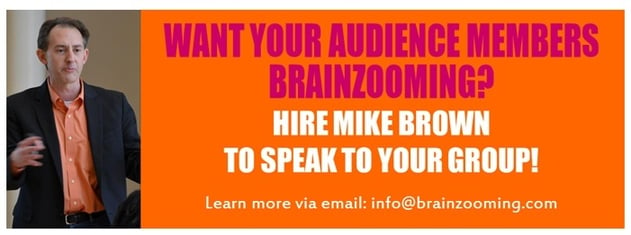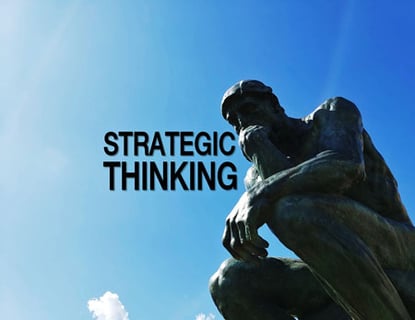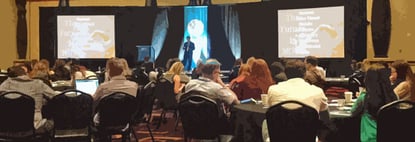Applause is a wonderful part of any conference event. Applause makes the speakers feel better. Applause signals the attendees are enjoying the event. Applause keeps things lively.
None of that means applause always happens spontaneously, however.
How many conference events have you been to where speakers start or finish with no applause?
I’ve been to plenty.
Sometimes there’s no applause because of the audience. Often, though, it’s because event organizers aren’t actively enabling applause as part of the event strategy.
5 Event Strategy Ideas for Generating Applause When You Need It
Want to make sure your event strategy maximizes its applause opportunities? Here are five ideas for doing the most with applause at your event, whether it’s a big conference or a small association luncheon or dinner.
1. Identify upfront where you want applause.
It’s easy to know you want applause when someone takes or leaves the stage. What are other places where you want applause? After videos? Following a certain big statement a speaker makes? When the event ends and people are prone to wander off? Create a list of all the places where applause will pump up the program and make it part of your event strategy.
2. Make sure there is always an applause starter in the audience.
This Individual (or potentially multiple individuals), is stationed off to the side in an inconspicuous spot. Your applause starter will do what the title suggests. This person is ready to start applauding at every point you want applause. Hand the applause starter the list you’ve developed, brief them on what will be happening throughout the event, and turn the applause starter loose to applaud in all the right places. The great thing an applause starter (trust me on this) is the audience will join in and readily applaud once someone takes the lead.
3. Invite the audience to applaud.
This may seem crass, but it needn’t be. When writing intros for speakers, add a line that says, “Please welcome,” “Help me welcome,” or “Let’s have a warm welcome for our speaker.” A line as simple as that along with the person doing the introducing actually starting light applause will ensure there is applause for a new speaker.
4. Keep presenters close to the stage.
It’s awkward when a speaker takes the stage from so far away that the audience’s applause dies long before the speaker arrives on stage. Position speakers close to the stage so they get where they need to be before the applause ends. If need be, make sure your speakers understand to move quickly and can reap all the benefits of the applause you are instigating for them.
5. If you’re a speaker, pause at your applause line.
Some speakers deliver applause lines (big messages that elicit audience affirmation) right and left. Other speakers do it occasionally. Either way, an effective applause line should be followed by a hard stop and a sufficient pause to allow the audience time to respond. If you’re a speaker who only occasionally has applause lines, take an applause line-type pause at other points in your presentation. With this, your real applause line pause doesn’t appear to be too needy. You may also want to arrange your own personal applause starter who knows where your applause lines are coming and gets things going.
Can we get some applause for these event strategy ideas?
I apologize if these five ideas seem basic. Based on the number of events I attend where there is far less applause than there should be, however, I suspect even these basic ideas are overlooked. – Mike Brown





